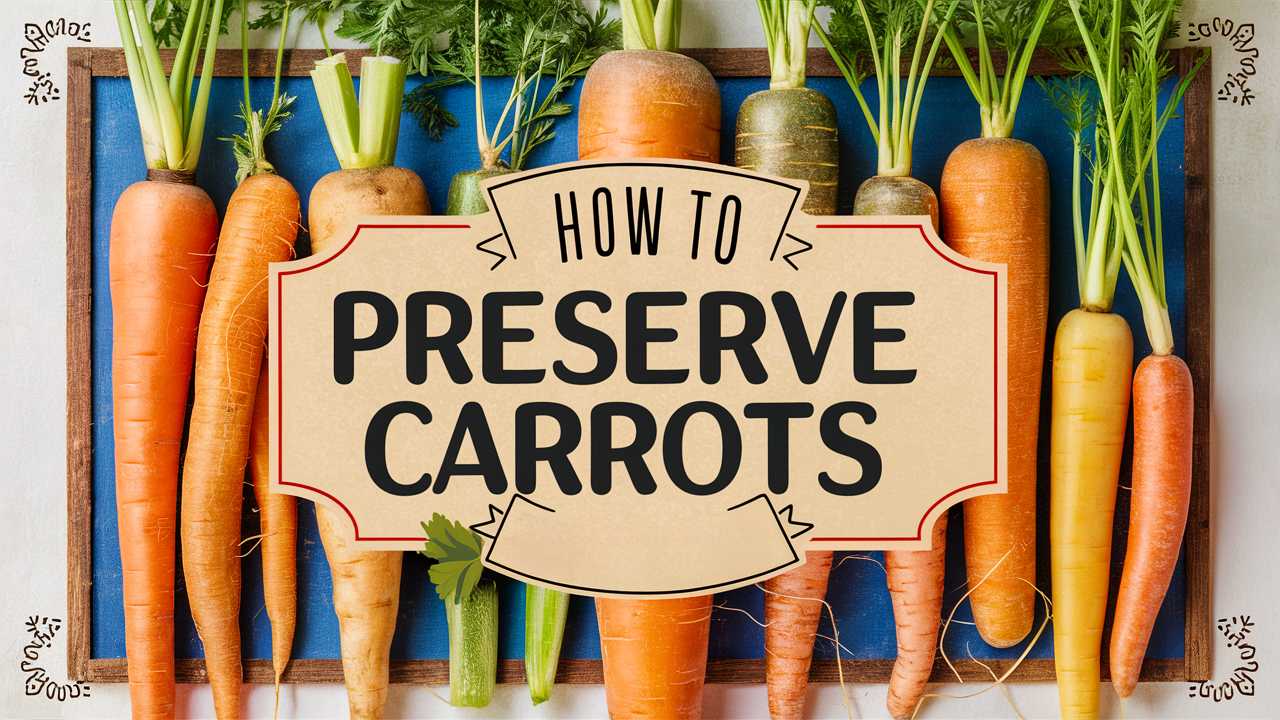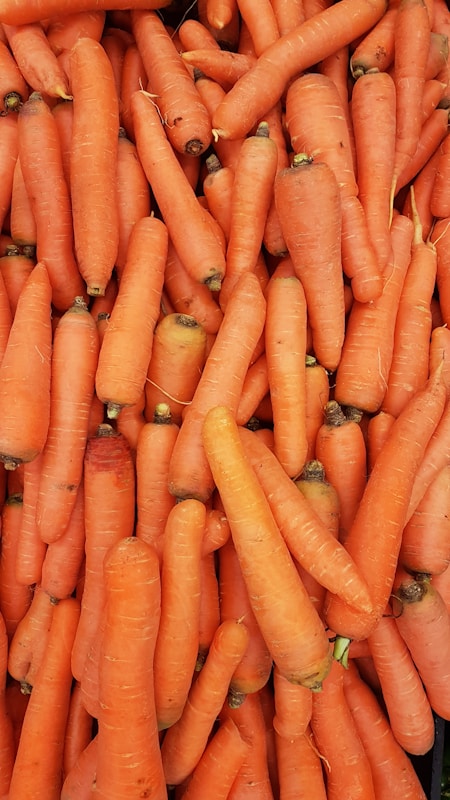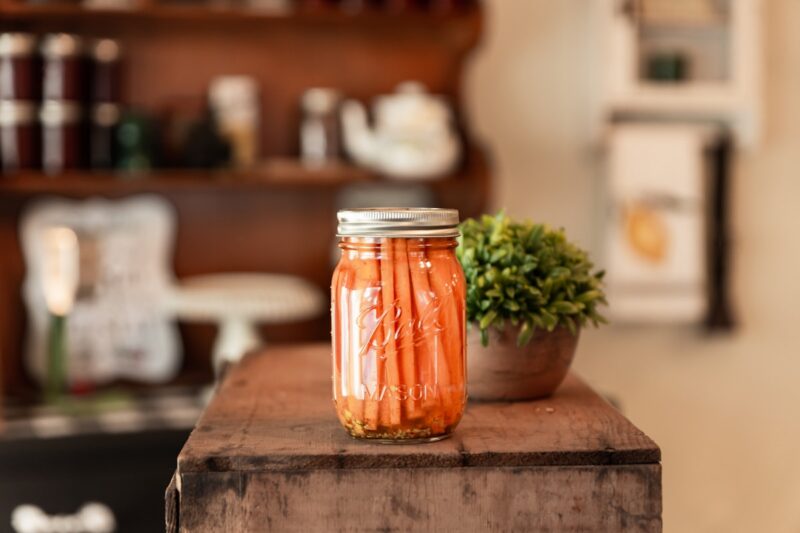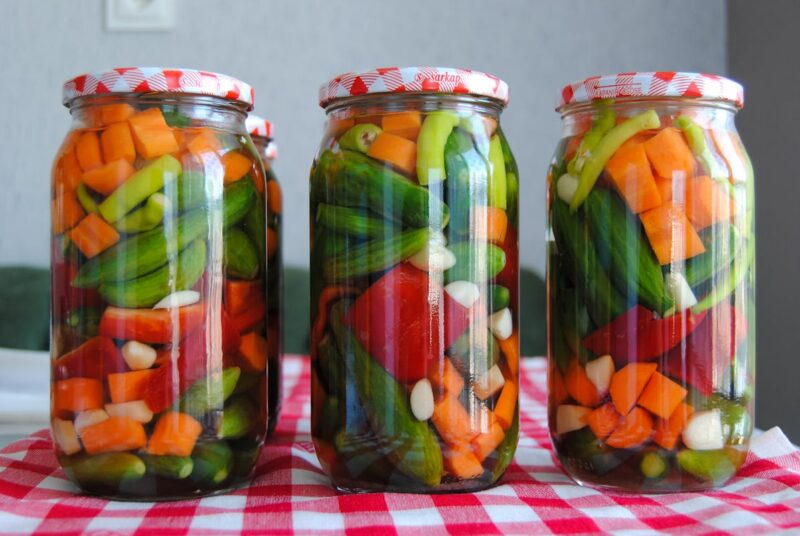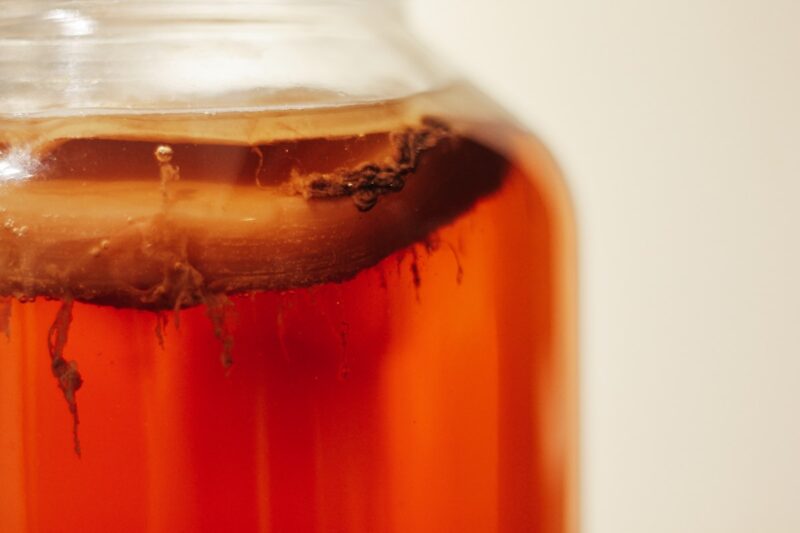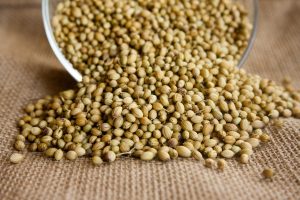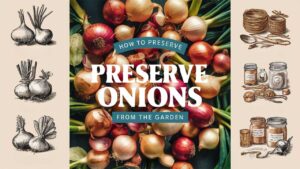This guide will explore various methods for preserving carrots, providing insights into their unique benefits and workings, while also injecting personal anecdotes that highlight the joys of having home-preserved carrots at your fingertips.
Choosing the Right Carrots for Preservation
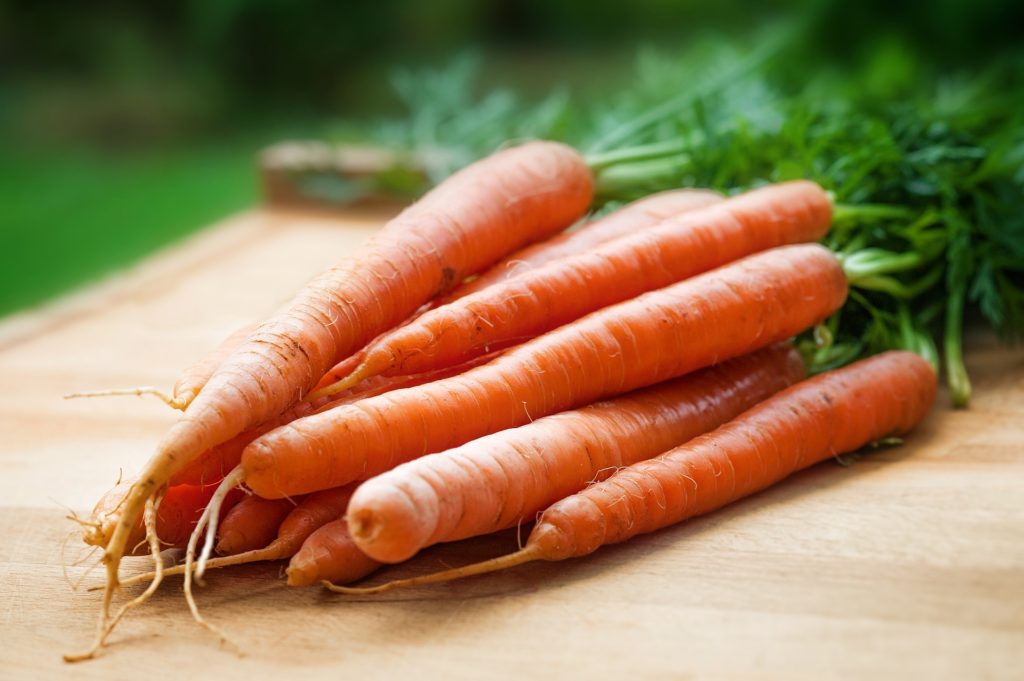
The key to successful carrot preservation begins with selecting the best produce. Opt for firm, fresh carrots with smooth skin, avoiding those that are soft, blemished, or sprouting. If you can, buy locally grown carrots; they tend to be fresher and more flavorful than those that have traveled long distances.
In my experience, the best carrots come from farmer’s markets or even your own garden. They tend to have a depth of flavor that outshines their store-bought counterparts. Plus, knowing the source of your food adds a layer of gratitude to the preservation process.
Preparing Carrots for Preservation
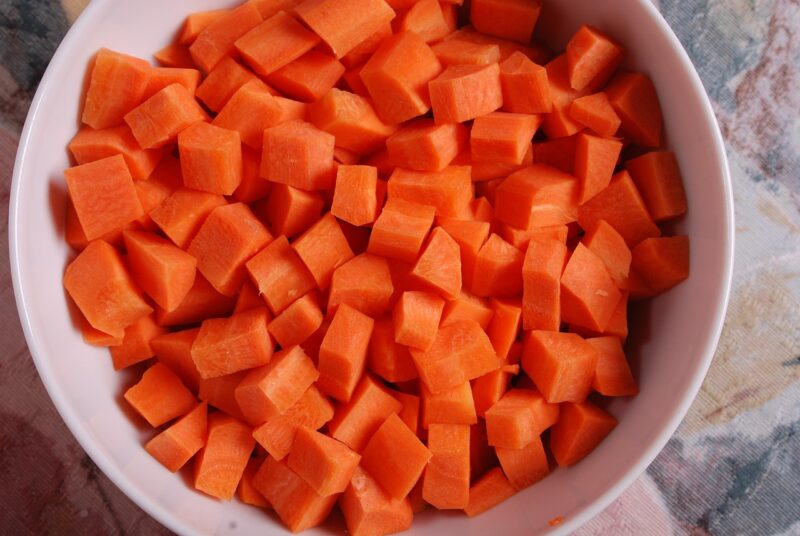
Once you’ve chosen your carrots, the next step is preparation. Begin by washing them thoroughly under running water to remove any dirt. Depending on your chosen preservation method, you can peel them if desired; however, peeling is not always necessary and can strip away some nutrients.
Cutting carrots into uniform sizes can also help, especially if you plan to freeze or can them. Whether you choose to slice, dice, or leave them whole, ensure consistency for even cooking and preservation.
A Personal Touch: My Favorite Carrot Preparation
For me, the preparation phase is almost meditative. I often lose track of time as I establish a rhythm slicing and dicing. There’s something satisfying about the bright orange backdrop of a cutting board filled with neatly chopped carrots.
Methods of Preserving Carrots
Various techniques can be utilized when it comes to preserving carrots. Each method has its own strengths and appeals based on your needs, storage space, and culinary tastes. Let’s explore the most popular methods.
Freezing Carrots
Freezing is one of the simplest and most effective methods for preserving carrots. It retains their flavor, color, and nutrients, making them perfect for winter soups or stir-fries.
How to Freeze Carrots:
Blanching: Start by blanching your prepared carrots in boiling water for about 2-5 minutes. This process helps to preserve color, flavor, and texture.
Ice Bath: After blanching, quickly transfer the carrots to an ice bath (a bowl filled with ice water) to stop the cooking process.
Draining: Once cool, drain the carrots and pat them dry to remove excess moisture.
Packaging: Pack the carrots into vacuum-sealed bags or airtight containers, labeling them with the date.
Freezing: Store them in the freezer, where they will remain good for about 10-12 months.
Benefits: Freezing works particularly well for maintaining the shape and nutrients of carrots. You’ll appreciate having little bags of vibrant carrots ready to go for quick meals.
Canning Carrots
Canning is another excellent option for preserving carrots, especially if you enjoy the idea of storing them in jars on your pantry shelves.
How to Can Carrots:
Preparation: Start with fresh, washed, and cut carrots.
Blanching: Similar to freezing, blanch the carrots for a few minutes.
Jarring: Pack the hot carrots into sterilized jars, leaving some headspace.
Adding Water: Fill the jars with clean, boiling water or broth, stirring to remove air bubbles.
Sealing: Secure the lids and process them in a pressure canner according to the manufacturer’s instructions. Note that carrots require pressure canning, as they’re low-acid foods.
Benefits: Canned carrots can be shelf-stable for years, and nothing quite compares to the satisfaction of turning a lid and hearing that reassuring “pop.”
Dehydrating Carrots

Dehydrating carrots concentrates their natural sweetness and makes an excellent addition to a range of dishes. It’s a method I often utilize when I find myself overflowing with produce.
How to Dehydrate Carrots:
Preparation: Wash, peel (optional), and slice the carrots into uniform pieces.
Blanching: Blanch them briefly to preserve color and flavor.
Dehydrator or Oven: You can use a dehydrator set at 125°F (52°C) or an oven on the lowest setting. Spread the carrot pieces evenly and allow them to dehydrate for 8-12 hours, or until they are completely dry and break easily.
Storage: Store the dehydrated carrots in airtight containers or vacuum-sealed bags in a cool, dark place.
Benefits: Dehydrated carrots are lightweight and compact, perfect for camping trips or for adding to soups and stews during winter.
Pickling Carrots
Pickling is a delicious way to add a tangy twist to carrots while simultaneously preserving them. The bright, crunchy texture of pickled carrots can elevate any dish.
How to Pickle Carrots:
Preparation: Wash and cut the carrots into sticks or rounds.
Brine Solution: Prepare a brine using vinegar, water, sugar, salt, and seasonings of your choice (like dill, garlic, or chili).
Canning: Pack the carrots into sterilized jars and pour the hot brine over them, ensuring coverage. Seal and process in a water bath for preservation.
Benefits: Pickled carrots make fantastic additions to salads, sandwiches, and as a side for main dishes. Plus, they add color and flavor to any plate.
Fermenting Carrots
Fermentation is not only a preservation method but also a means of enhancing the nutritional profile of carrots. Fermented carrots are rich in probiotics, which support gut health.
How to Ferment Carrots:
Preparation: Begin by cutting the carrots into sticks.
Brine Preparation: Prepare a saltwater brine (1-2 tablespoons of salt per quart of water).
Fermentation: Place the carrots in a clean jar, covering them with the brine. Ensure they are submerged under the liquid; you may need to use a weight or a clean rock.
Storage: Allow the carrots to ferment at room temperature for several days, checking regularly for taste. Once they reach your desired flavor, transfer them to the fridge.
Benefits: Fermented carrots are a wholesome treat and provide a burst of crunch and zest in salads or as snacks.
A Personal Reflection on Preservation Choices
My favorite method of preservation often varies with the season. In the summer, I love the idea of pickling, as it pairs well with barbecues, while freezing is ideal during harvest months when I want to grab a quick bag for a mid-winter soup. Canning, however, is a labor of love that brings me back to my childhood, watching my grandmother seal jars while sharing stories of her own garden adventures.
Storing Preserved Carrots
Regardless of your chosen preservation method, proper storage is crucial to maintain the quality of your preserved carrots. Here are some storage tips:
Freezers: Ensure your freezer maintains a consistent temperature of 0°F (-18°C) or lower. Store in airtight, moisture-proof containers.
Canned Carrots: Store in a cool, dark, and dry place. Canned jars can be stacked, but avoid placing heavy items on top that may cause breakage.
Dehydrated Carrots: Store in airtight containers, and keep them in a cool, dry, and dark location. Light and humidity can significantly shorten their shelf life.
Pickled and Fermented: Once opened, refrigerate pickled and fermented carrots, where they can last for several months.
A Word on Safety
Food safety is paramount when preserving. Always adhere to proper techniques for each method to avoid spoilage or foodborne illness. Research and follow up-to-date guidelines, especially for canning and fermentation, as safety standards evolve.
Conclusion: The Journey of Preserving Carrots
Carrot preservation can be an incredibly rewarding process. Beyond merely ensuring that you enjoy these vibrant vegetables year-round, it connects you to the cycles of nature, nurturing your relationship with your food and its origins.


